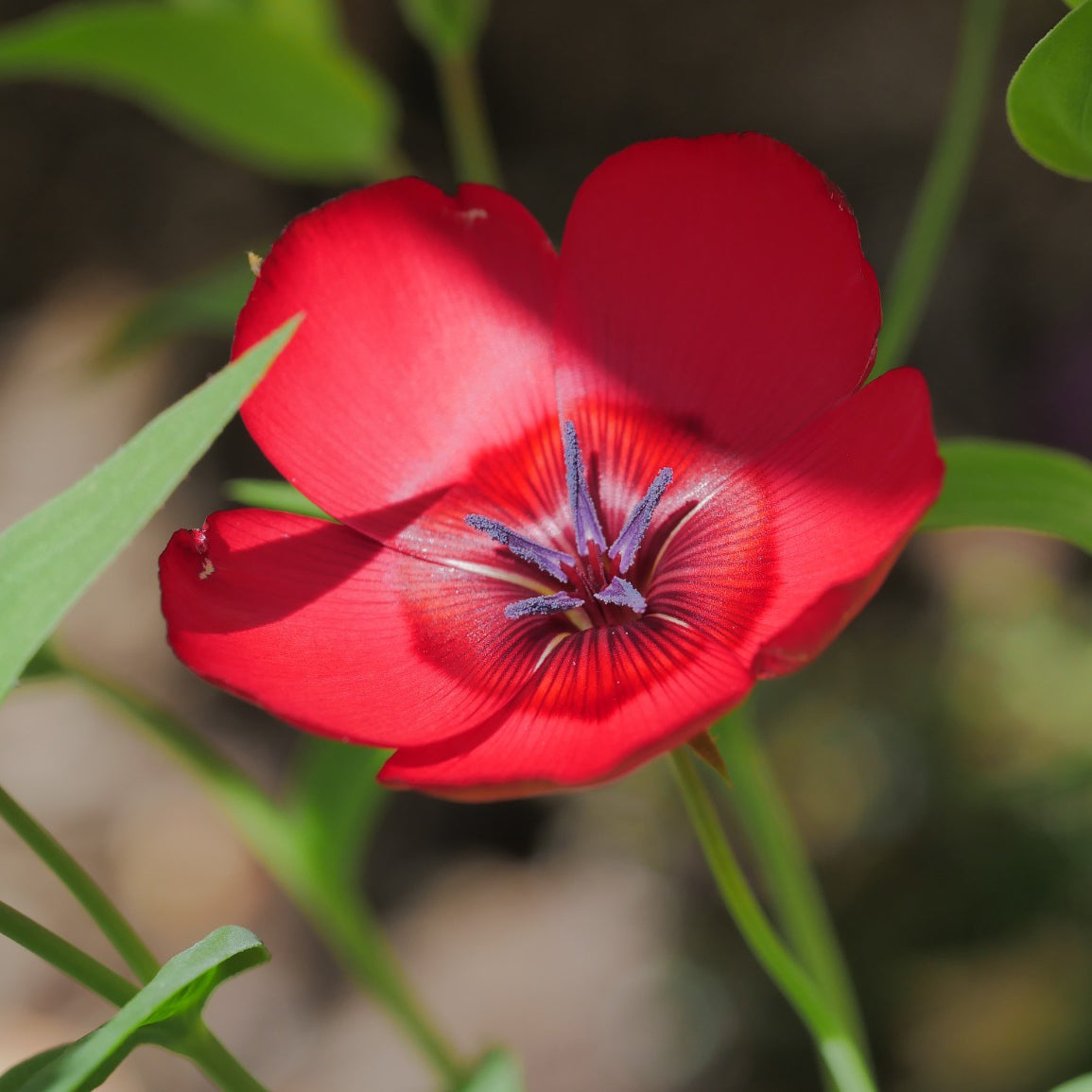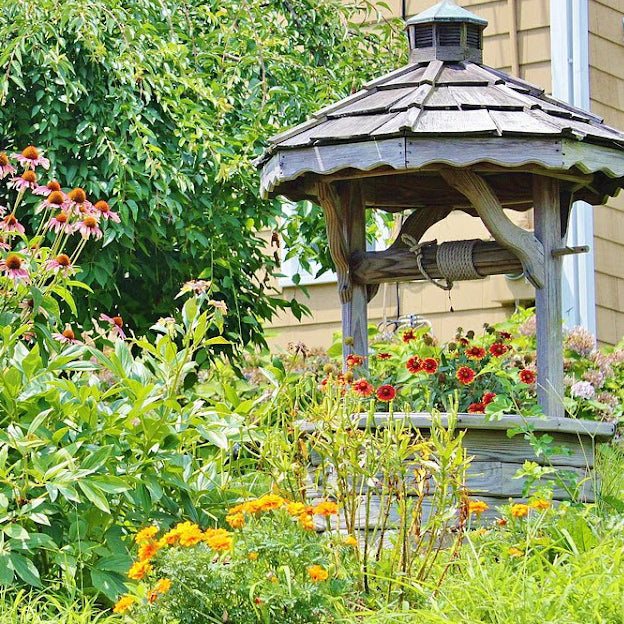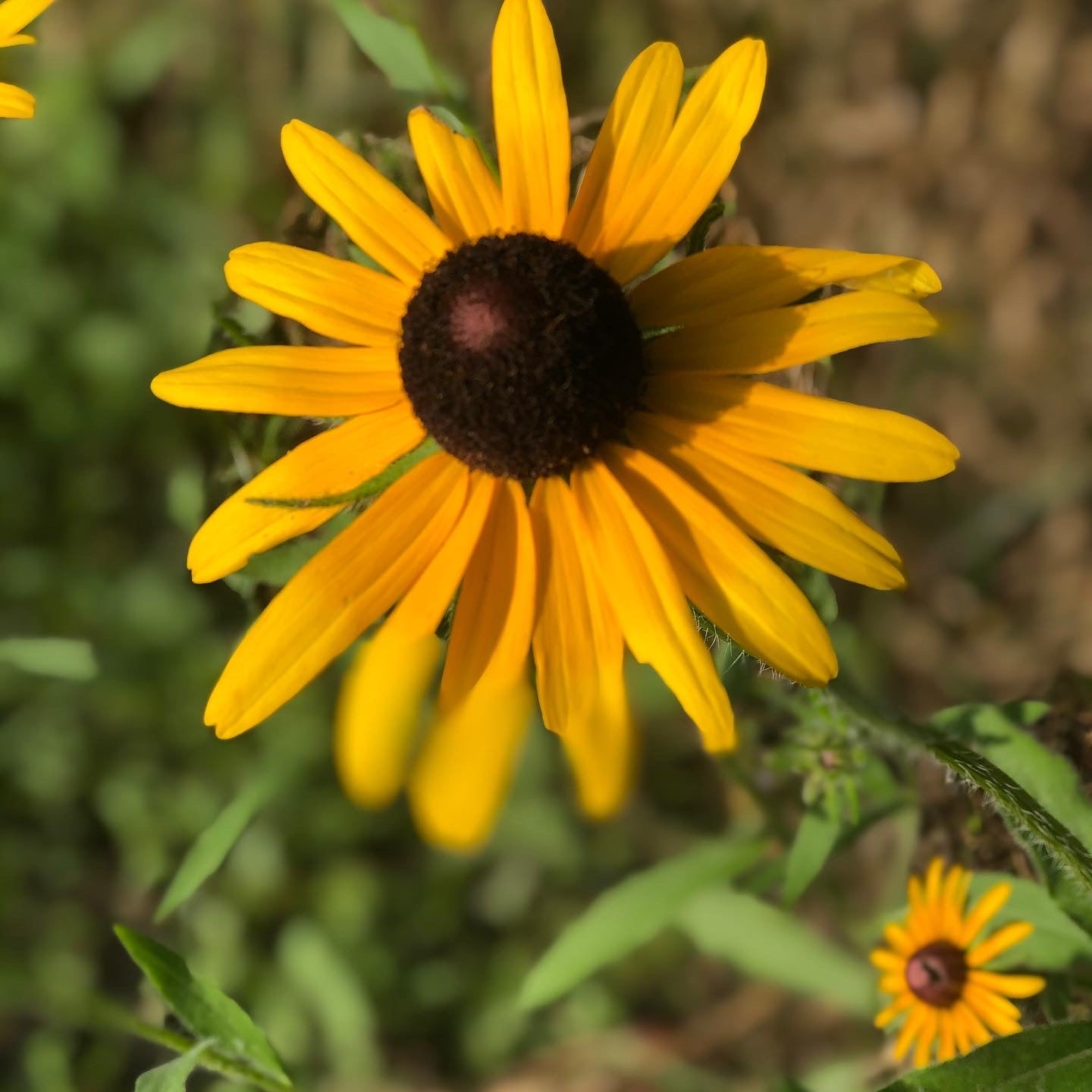Planting According to Zones
For Warmer Climates:
Planting in early spring is the best option. Your chances of success increase by allowing the seeds to germinate in a more stable climate as opposed to harsher summer conditions. Planters in these areas should keep an eye on soil moisture levels that may dry out in rising temperatures as summer months approach. A similar logic is applied for planting in the fall to experience wildflowers in late fall and early winter. Another added benefit to sowing seeds in fall is allowing Mother Nature to water your plants with fall rain.
For Colder Climates:
The threat of frost killing freshly sprouted seedlings lingers into spring making it hard to determine a precise time to start planting. Because seeds will only germinate in warmer temperatures, it is important to not only keep an eye on air temperature but soil temperature as well. Another option is fall sowing in which seeds are planted in cool soil and left for warmer temperatures to begin germination. While this provides the benefit of seeing wildflowers earlier than in spring planting, the threat of early germination and subsequent frost is present. To avoid early germination, make sure the ground is below 45 degrees Fahrenheit before putting the seeds in the ground.
If you are still unsure of which seeds to choose, check out our state mixes for wildflower seeds specific to your state’s conditions.
Garden Plot Location Prep
* Your garden plot should receive a daily minimum of 6+ hours of sunlight. If you live in a place that does not receive enough sunlight, don't worry! Check our our partial shade wildflowers instead.
* Proper drainage should be a priority. Ensure your plants are not overwatered and avoid root rot due to still water by being prepared.
* Cleaning your chosen plot is another important step in preparing your garden for wildflower seeds. Removing competition like weeds, grass and other aggressive growers will leave all the nutrients and sunlight for your young seedlings.
* Loosening the soil of your chosen garden plot can also help foster root development which means healthier and more beautiful flowers!
* Rake and level the soil. The grooves that emerge after raking helps hold the seeds and gives them appropriate contact with the soil.

Planting and Pressing
In order to grow the wildflower garden of you dreams, it is very important that the soil is prepared correctly and the seed is rolled or pressed into the soil after sowing.
When spreading wildflower seeds, it is important to follow the planting instructions provided on the package to avoid over-crowding.
You can choose to spread your seeds by hand or a seed spreader. If using a seed spreader, consider doing a test run to understand the rate at which seeds will come out and practice getting an even distribution of seeds.
Additionally, consider mixing in a 4:1 ratio of sand to seed to further aid in even distribution. Spreading your seeds appropriately will prevent you from having to pull weaker flowers that are competing for space and nutrients as well as increase the likelihood of all your seeds surviving.

Another crucial step when starting to plant your seeds is proper pressing. It is imperative you do not cover seeds with soil. Wildflower seeds need sunlight exposure in order to germinate. There are two exceptions to this rule, and if you find yourself fitting into one of these exceptions, only use straw to cover the seeds. The first exception is places where nature is likely to move your seeds such as areas with high wind speeds, heavy rainfall, and increased wildlife populations. The other exception is if your plot is located on a slope or steep bank.
Pressing is an important part of ensuring your seeds take hold to the ground and also helps speed up the germination process. If you are using a smaller plot of land, you can easily compress the seeds either by hand or underneath your foot. For larger plots, use a seed roller either as a walk-behind tool or towed behind a vehicle.
Watering and Watching

Watering is one of the trickiest parts of starting your wildflower bloom. After pressing your seeds, if Mother Nature does not take care of watering for you, you must continue to keep the soil damp until the germination process begins. Once germination begins, watering is still important but not as vital as before. Continue to keep the soil from drying out without overwatering your seedling. When your flowers reach 4-6” tall, watering can be reduced with consideration of your location's natural rainfall and soil’s draining capabilities.
The type of wildflowers you have chosen will determine when you first see signs of blooming. If you have chosen an annual flower mix, you are likely to see them bloom within 8-12 weeks and die off at the end of the growing season. Perennials have a different growth cycle from annual flowers. If you have chosen a perennial flower mix, they will likely take one full growing season to become established, bloom the following year, and continue to bloom for subsequent years.
Following these tips will ensure you get the best results out of your wildflowers. Happy Planting!
Need Some Inspiration?
Check out our gallery of wildflower home landscapes



